(London 1766 – London 1839)
The release of the elegant
Oil on canvas
H. 35.5 cm; W. 30 cm
Singleton, a London painter par excellence, devoted his career to painting scenes where the characters have pride of place. Singleton was born in London in 1766, a member of a family of artists. He was raised by his uncle, himself a pupil of Ozias Humphrey, and was already working as a professional artist at the age of 16. He entered the Royal Academy Schools in 1783 and exhibited at the Royal Academy the following year, until his death. In 1793, Singleton received an important commission to paint a large portrait of the group of Royal Academicians in General Assembly (1795), which shows all these learned men in the council chamber of Somerset House. Charles Bestland, an engraver and dealer who published an engraving of this image, probably commissioned the work. Despite this important work, Singleton never became an Academician himself. His application was rejected twice in 1807 and 1811. Singleton first came to prominence as a history painter. He never fulfilled his potential in this genre but remained popular throughout his life, particularly as a portraitist, and devoted his career to painting scenes in which figures played a prominent role. He lived comfortably in London and died at a friend's house in 1839. Our scene, the subject of which is not fully identified, is one of a series of works of the same size executed at the very end of the 18th century. These formats, 35.5 cm high by 30 cm wide, are always small scenes animated by two or three central figures, usually accompanied by a rosy-cheeked child. These scenes range from The Ribbon Merchant to The Country Ball, including The Shepherd's Visit. All these works combine the different strata of society. Our work shows us an elegant woman, driven by a child holding a torch. He guides her to a car whose open door we can see on the right. An elegant man seen from behind, wearing a long black coat trimmed with white fur and a hat, seems to stop the young woman while holding her basket and her arm. Is he offering to take her home? No one knows. However, it is likely that we are at a theatre or opera exit, certainly in London, judging by the outfits of the protagonists. Is this a scene taken from literature?



















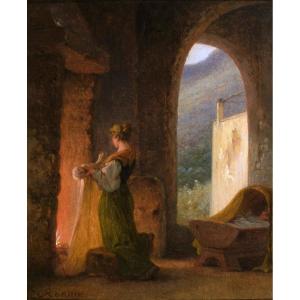
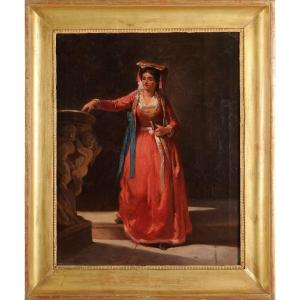



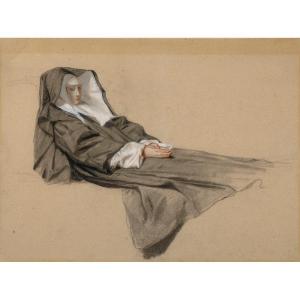


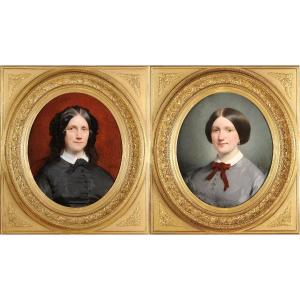
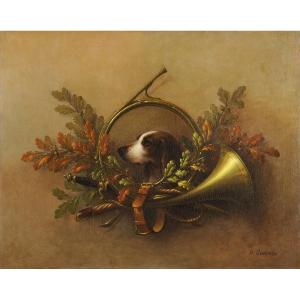

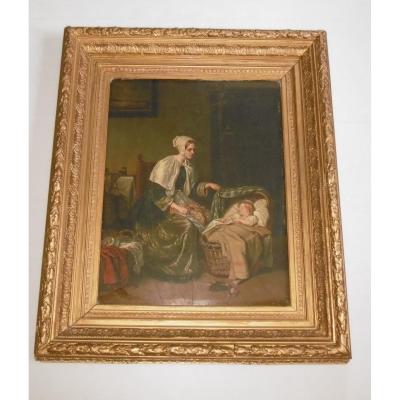

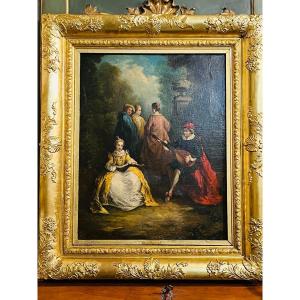
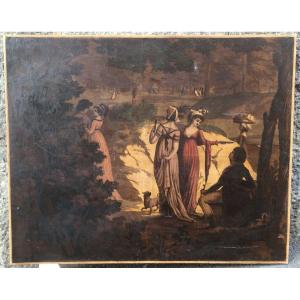




 Le Magazine de PROANTIC
Le Magazine de PROANTIC TRÉSORS Magazine
TRÉSORS Magazine Rivista Artiquariato
Rivista Artiquariato